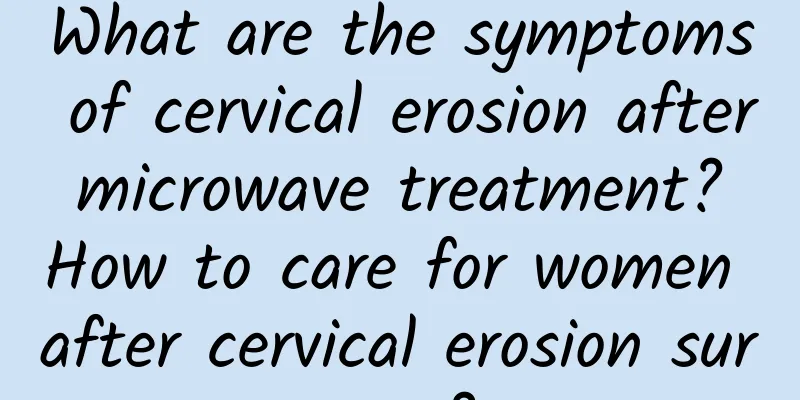How to check which bacteria causes chronic cervicitis

|
The specific pathogens of chronic cervicitis need to be determined through laboratory tests, and common methods include cervical secretion smear, bacterial culture and PCR testing. Treatment requires the selection of antibiotics or antifungal drugs according to the type of pathogen. 1. Cervical secretion smear examination. Observe the bacteria, fungi or parasites in the cervical secretions under a microscope to preliminarily determine the type of infection. This method is quick and simple, but the accuracy is limited, and it is usually used as a preliminary screening method. 2. Bacterial culture. Inoculate the cervical secretion sample onto a specific culture medium to observe the bacterial growth and determine the specific bacterial species. Bacterial culture can identify the pathogenic bacteria and test drug sensitivity, providing a basis for treatment, but it takes a long time, usually 3-7 days. 3. PCR test. Detect pathogenic bacteria DNA or RNA in cervical secretions using polymerase chain reaction technology to quickly and accurately identify pathogens. PCR detection has high sensitivity and can detect trace amounts of pathogens, making it suitable for complex or mixed infections. The pathogen examination of chronic cervicitis needs to be judged comprehensively in combination with clinical symptoms and laboratory results. Common pathogens include gonococci, Chlamydia trachomatis, Mycoplasma, Candida, etc. The treatment method needs to be selected according to the type of pathogen. For gonococcal infection, antibiotics such as ceftriaxone and azithromycin can be used; for Chlamydia trachomatis infection, doxycycline, azithromycin, etc. can be used; for Candida infection, antifungal drugs such as fluconazole and itraconazole can be used. During treatment, personal hygiene should be paid attention to, sexual intercourse should be avoided, and regular check-ups should be conducted to ensure complete cure. Pathogen detection of chronic cervicitis is a key step in diagnosis and treatment. By identifying the type of pathogen through laboratory testing, targeted drugs can be selected to improve the treatment effect. Patients should seek medical treatment in a timely manner, cooperate with doctors for relevant examinations, follow the doctor's instructions for standardized treatment, and pay attention to daily care to prevent recurrence. Regular gynecological examinations can help detect and treat chronic cervicitis early and maintain women's reproductive health. |
<<: Is cervical erosion severe?
>>: Chronic adnexitis etiology examination
Recommend
How to treat the second degree of cervical erosion during lactation
The treatment of cervical erosion during lactatio...
Is chronic adnexitis serious?
Is chronic adnexitis serious? Chronic adnexitis i...
What to do with leftovers from the New Year holidays? Do not reheat the pan more than 2 times
Be careful when reheating New Year's Eve meal...
What should I pay attention to after removing ovarian cysts?
What should I pay attention to after removing an ...
Regular intake of hawthorn can effectively relieve menstrual irregularities
The occurrence of irregular menstruation is relat...
Middle-aged women should be most careful about uterine fibroids
One of the diseases that often occurs in middle-a...
What are the pathological characteristics of ovarian cysts and what should you eat after surgery?
Sitting for a long time can easily lead to blood ...
Can I have an ovarian cyst and get an IUD inserted? When can I get pregnant?
Can I have an IUD inserted if I have an ovarian c...
Who is most likely to get pelvic peritonitis?
The two common types of pelvic peritonitis we see...
Can pelvic inflammatory disease cause infertility? Be sure to treat it in time
Many women of childbearing age suffer from pelvic...
What are the causes of vulvar leukoplakia
What are the causes of vulvar leukoplakia? Vulvar...
What are the common conditions that cause menstrual disorders in women?
What are the common cases of menstrual disorders ...
A 22-year-old female college student had abdominal pain and vomiting, and said she was not pregnant. After the examination, the gynecologist said: You should be more careful
On an ordinary afternoon, a 22-year-old female co...
Medicinal wine = nourishing the body? The key to health is to move more
People actually live in a limited temperature ran...
Cervical precancerous lesions recurred after four months of examination
What is the probability of recurrence of cervical...









